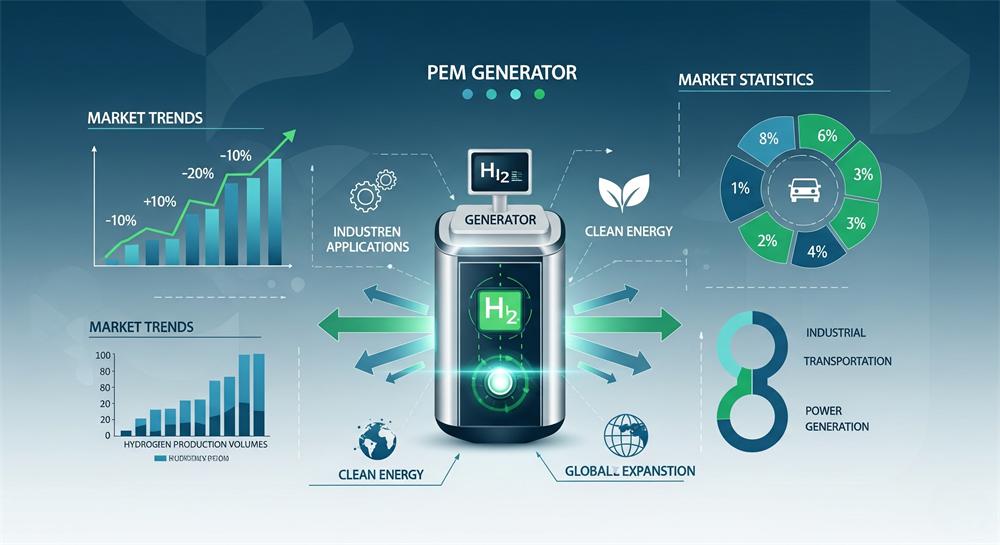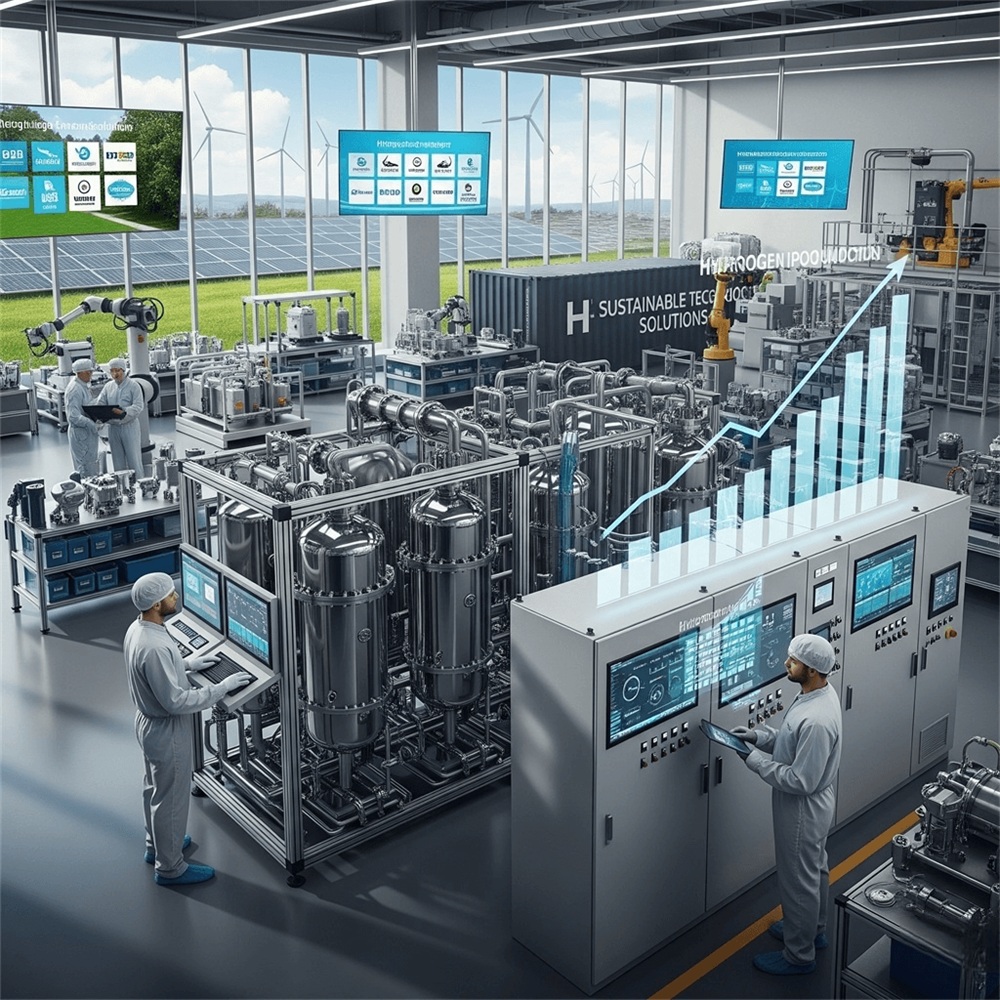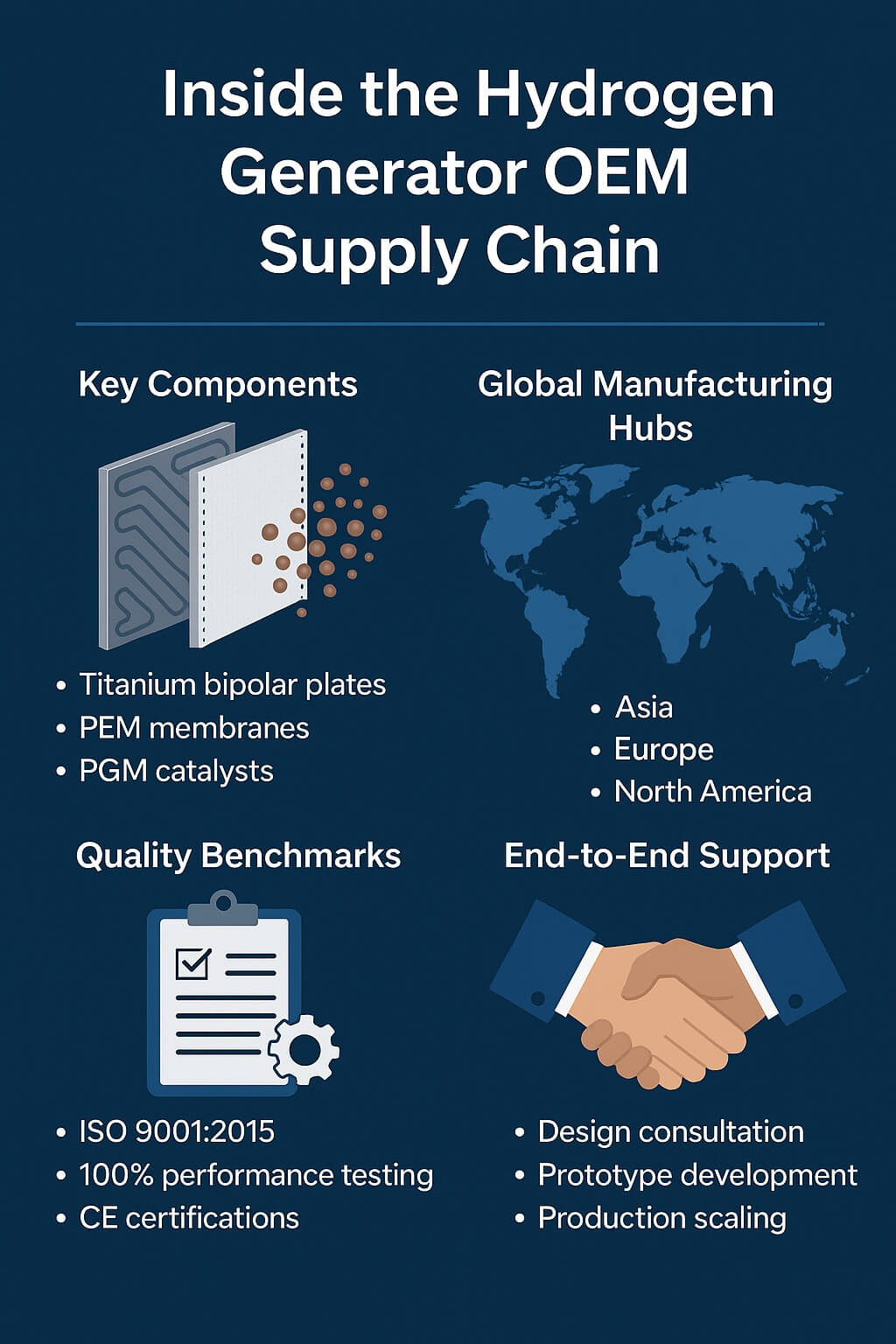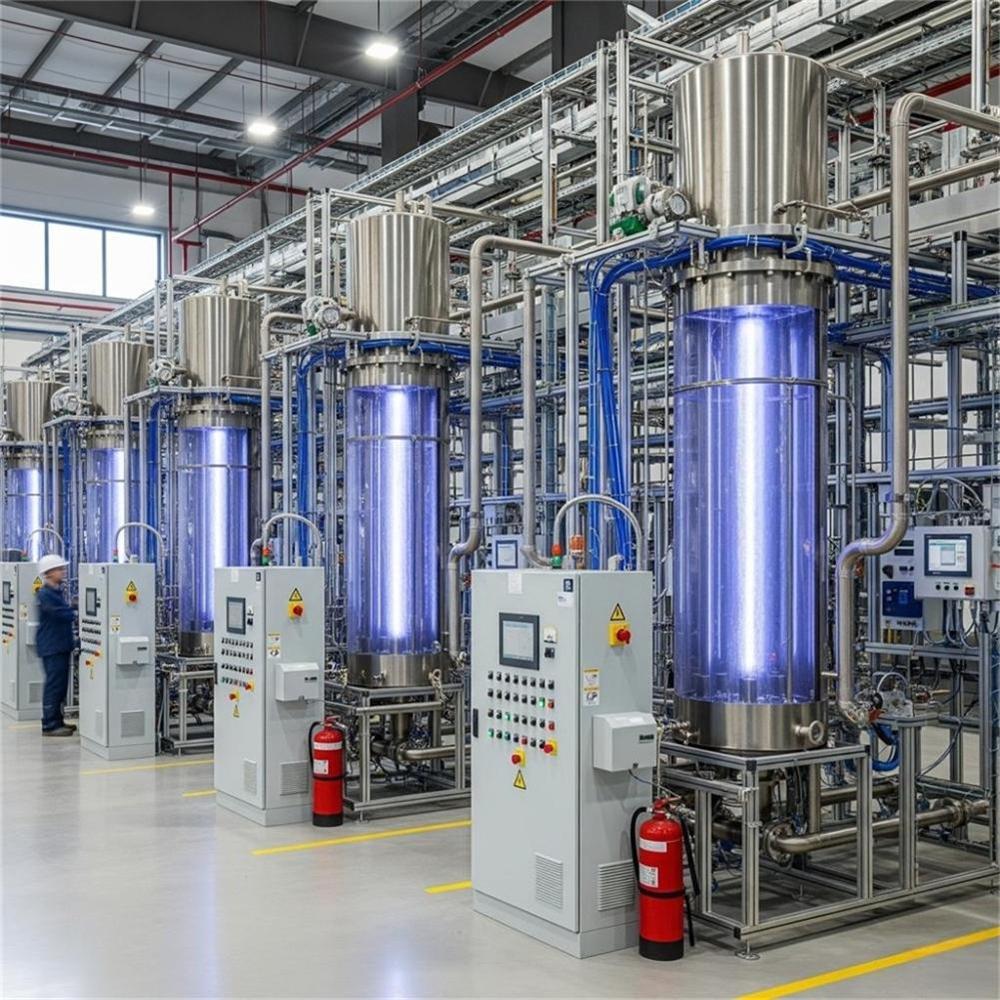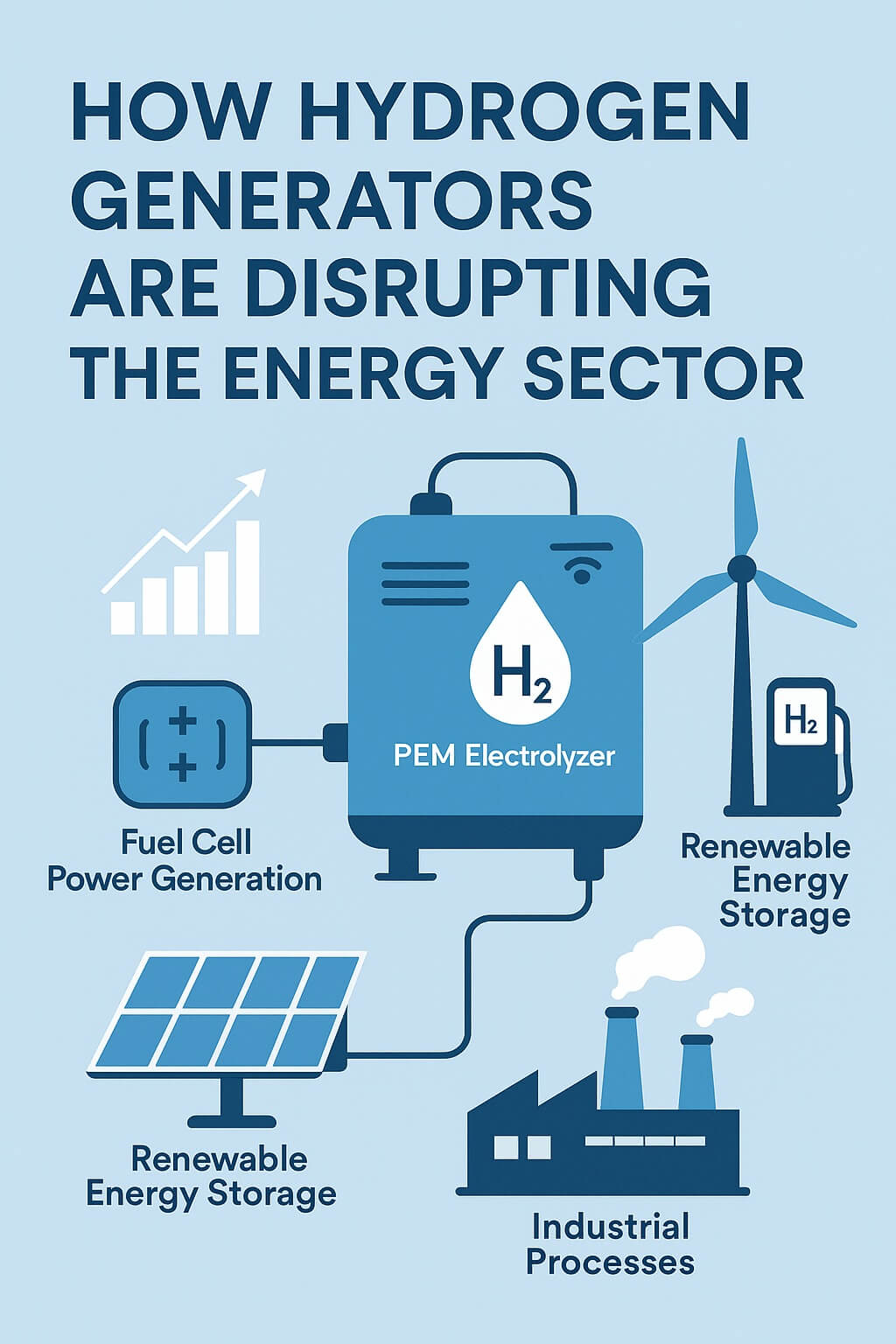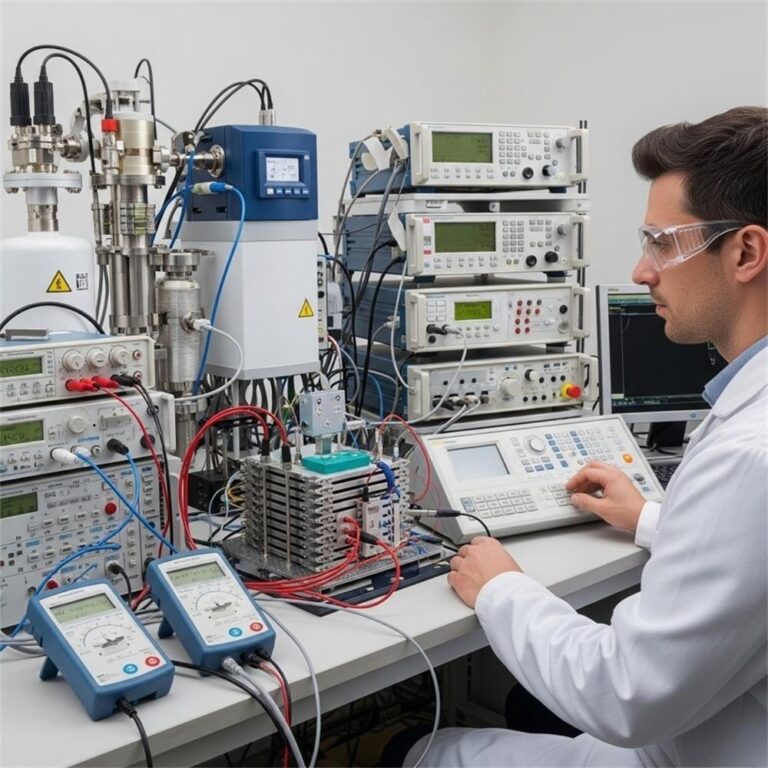Introduction
In today’s fast-paced scientific landscape, hydrogen plays a pivotal role across a broad spectrum of laboratory applications—from fuel cell development to gas chromatography (GC). Traditionally, laboratories relied heavily on bulky, high-pressure hydrogen gas cylinders, which posed logistical, safety, and cost challenges. However, technological advancements have ushered in a more refined, efficient, and safer solution: alkaline hydrogen generators.
Designed for precision and built with advanced safety features, these systems are becoming the go-to option for laboratories aiming to achieve uninterrupted, high-purity hydrogen supply. Whether for analytical instruments or experimental setups, the hydrogen generator for laboratory, alkaline technology stands out for its ability to offer consistent gas flow, purity, and peace of mind.
This article explores the core advantages of alkaline hydrogen generators, with a specific emphasis on precision control, safety mechanisms, and long-term reliability.
Understanding Hydrogen Needs in Modern Laboratories
Applications of Hydrogen in Laboratories
Hydrogen is indispensable in various scientific applications, including:
- Gas Chromatography (GC): Used as a carrier gas for faster analysis and better resolution.
- Fuel Cell Research: Essential for energy research and prototype testing.
- Spectroscopy and Analytical Chemistry: Employed in reducing atmospheres and detection techniques.
- Chemical Synthesis and Reactions: Acts as a reducing agent or reactant.
Each application demands different flow rates and purities, but a common requirement is consistent, high-purity hydrogen to ensure repeatable, accurate results.
Consumption Patterns and Purity Requirements
Typical consumption rates in GC labs may range from 30 to 300 cc/min, while fuel cell testing might require several liters per minute. Purity levels of 99.999% or higher are critical to prevent interference with sensitive detectors or catalytic reactions.
A hydrogen generator for laboratory, alkaline setup can reliably deliver such standards—making it a preferred solution in precision-focused environments.
Why Choose Alkaline Hydrogen Generators? Key Benefits for Labs
How Alkaline Electrolysis Works
Alkaline hydrogen generators produce hydrogen through alkaline electrolysis, where electricity splits water (H₂O) into hydrogen (H₂) and oxygen (O₂) using a potassium hydroxide (KOH) electrolyte. This time-tested method is known for its durability and ability to produce high-purity hydrogen gas on demand.
Advantages for Laboratories
Let’s break down the key benefits:
- High Purity Output: Most systems offer hydrogen with purity levels exceeding 99.999%, ensuring compatibility with sensitive analytical instruments.
- Enhanced Safety: These generators produce hydrogen only when needed, reducing the risks associated with pressurized gas cylinders.
- Operational Convenience: No more cylinder replacements or downtime—just continuous, on-demand hydrogen.
- Lower Operational Costs: Over time, these systems prove more economical than purchasing and storing gas bottles.
- Eco-Friendly Operation: Hydrogen is generated using deionized water and electricity, producing zero harmful emissions.
Comparison with PEM Technology
While Proton Exchange Membrane (PEM) generators are also popular, alkaline systems are often:
- More cost-effective for high-volume users
- Less sensitive to water quality
- Easier to maintain
Thus, for many labs, alkaline electrolysis is the ideal balance between performance and affordability.
Mastering Precision: Flow Rate and Pressure Control in Alkaline Generators
One of the standout features of alkaline hydrogen generators is their exceptional control over hydrogen output—crucial for experimental consistency.
Stable Flow Rate Control
Laboratory instruments, especially GC systems, require stable and adjustable gas flows. Alkaline hydrogen generators use digital mass flow controllers (MFCs) and electronic pressure controllers (EPCs) to:
- Deliver exact hydrogen quantities
- Maintain consistent line pressure
- Minimize fluctuations that could affect analytical results
Remote Monitoring Capabilities
Many modern units offer:
- LCD control panels
- Ethernet/USB interfaces
- Mobile monitoring apps
This allows technicians to adjust parameters, track gas usage, and receive alerts remotely, enhancing lab efficiency and troubleshooting.
Impact on Experiment Quality
Precision in gas delivery translates directly to:
- Improved chromatographic resolution
- Reduced baseline noise
- More reliable replicability of experiments
Simply put, control equals quality—and alkaline systems deliver both.
Prioritizing Safety: Built-in Safety Features of Alkaline Hydrogen Generators
Hydrogen, despite being highly flammable, can be handled safely when produced on-demand and in low volumes. Alkaline hydrogen generators are engineered with multiple layers of safety, including:
Key Safety Features
- Leak Detection Systems: Automatically shut down the unit if a leak is detected.
- Over-Pressure Protection: Prevents gas build-up beyond safe levels.
- Low Water Cut-Off: Alerts users when deionized water is insufficient for electrolysis.
- Automatic Shutdown: Ensures the generator turns off in case of faults or system errors.
Compliance with International Standards
Reputable hydrogen generators adhere to certifications such as:
- CE (Conformité Européenne)
- UL (Underwriters Laboratories)
- ISO 9001 for manufacturing processes
Best Practices
Even with built-in safeguards, laboratories must ensure:
- Adequate ventilation
- Proper placement away from ignition sources
- Regular training of lab staff on operational protocols
Safety is not optional—it’s integral to laboratory success.
Ensuring Longevity: Maintenance and Care for Your Alkaline Hydrogen Generator
Routine Maintenance Steps
Maintaining your generator ensures optimal performance. Key tasks include:
- Regular water tank refills using high-purity deionized water
- Changing filters as per the manufacturer’s schedule
- Replacing desiccant cartridges to maintain output purity
Troubleshooting Common Issues
- Low output pressure? Check water levels or for blockages.
- Error codes? Refer to the user manual or digital display for guidance.
- No hydrogen flow? Inspect for leaks or air locks.
Maintenance Frequency
| Component | Recommended Check Interval |
|---|---|
| Deionized Water | Weekly |
| Electrolyte Concentration | Monthly |
| Filters and Cartridges | Every 3-6 months |
| Electrical Connections | Annually |
By following these steps, labs can enjoy years of uninterrupted hydrogen supply from their alkaline system.
Frequently Asked Questions (FAQs)
1. What is the purity level of hydrogen from an alkaline generator? Most models deliver 99.999% purity, ideal for analytical applications like gas chromatography.
2. How does an alkaline hydrogen generator compare to bottled hydrogen? Generators offer on-demand production, improved safety, and cost savings over time versus purchasing bottled gas.
3. Is alkaline electrolysis safe for lab environments? Yes, especially when safety protocols are followed and the generator includes built-in safeguards.
4. How often should the generator be maintained? Regular checks (weekly to monthly) for water, filters, and system diagnostics are recommended.
5. Can I monitor the generator remotely? Yes, many modern units support remote monitoring via Ethernet or mobile applications.
6. Is alkaline hydrogen generation environmentally friendly? Absolutely—hydrogen is produced using just water and electricity, with no harmful emissions.
Conclusion
The laboratory landscape is evolving, and hydrogen delivery systems must keep pace. Alkaline hydrogen generators have emerged as a powerful, precise, and safe alternative to traditional gas cylinders. Their advantages—high purity, reduced operational risk, cost efficiency, and fine-tuned control—make them an intelligent choice for today’s labs.
Whether you’re focused on fuel cell R&D, chromatography, or spectroscopy, an alkaline hydrogen generator for laboratory use will provide the control and consistency your experiments demand. Ready to upgrade your lab’s hydrogen solution? Reach out to a trusted supplier today for a quote or demo.

